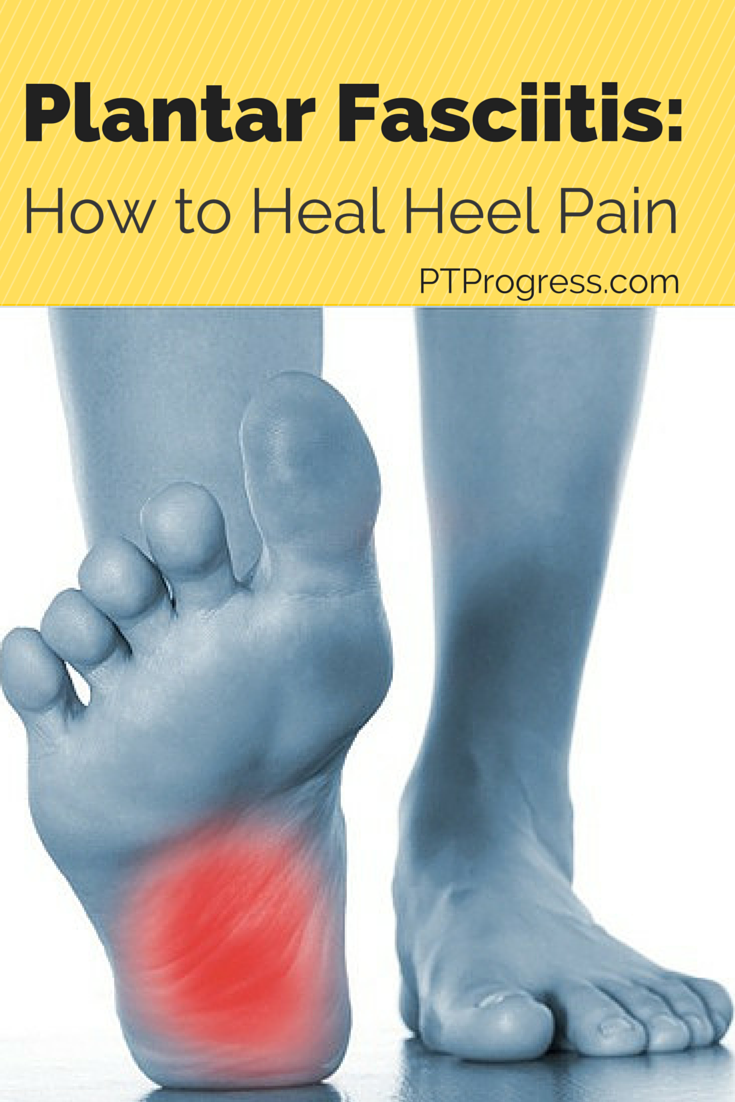
Heel pain, particularly that associated with plantar fasciitis, is a common ailment affecting individuals of all ages. It's characterized by a sharp or stabbing pain in the heel, often felt most acutely upon taking the first steps of the day. If you're experiencing heel pain, understanding the condition and exploring effective treatment options can help alleviate discomfort and improve your quality of life.
Understanding Plantar Fasciitis
Plantar fasciitis occurs when the plantar fascia, a thick band of tissue that connects the heel bone to the toes, becomes inflamed or irritated. This inflammation can lead to pain and tenderness in the heel, especially upon weight-bearing activities. Several factors can contribute to plantar fasciitis, including:
Overuse: Excessive walking, running, or standing can place undue stress on the plantar fascia.
Tight Calf Muscles: Tight calf muscles can pull on the plantar fascia, leading to strain.
Obesity: Excess weight can increase pressure on the plantar fascia.
Age: Plantar fasciitis is more common in individuals over the age of 40.
Foot Structure: Flat feet or high arches can predispose individuals to the condition.
Treatment Options for Heel Pain
While there's no one-size-fits-all solution for heel pain, a combination of approaches can often provide relief. Here are some effective treatment options:
1.Rest and Ice: Resting the affected foot and applying ice to the heel can help reduce inflammation and pain.
2.Stretching and Strengthening Exercises: Gentle stretching exercises for the calf muscles and plantar fascia can improve flexibility and reduce strain. Strengthening exercises for the foot muscles can help support the plantar fascia.
3.Over-the-Counter Pain Relief: Nonsteroidal anti-inflammatory drugs (NSAIDs) like ibuprofen or naproxen can help alleviate pain and reduce inflammation. 4. Supportive Footwear: Wearing shoes with good arch support and cushioning can help distribute pressure on the plantar fascia.
4.Orthotics: Custom orthotics can provide personalized support for the foot and help alleviate heel pain.
5.Physical Therapy: A physical therapist can provide guidance on stretching, strengthening exercises, and other treatment modalities.
6.Cortisone Injections: In severe cases, cortisone injections may be used to reduce inflammation.
Heel pain, particularly that associated with plantar fasciitis, can significantly impact daily activities. By understanding the condition and implementing appropriate
treatment for plantar fasciitis foot pain strategies, individuals can effectively manage their symptoms and improve their quality of life. If you're experiencing heel pain, it's important to seek professional advice from a healthcare provider to determine the underlying cause and develop a personalized treatment plan.